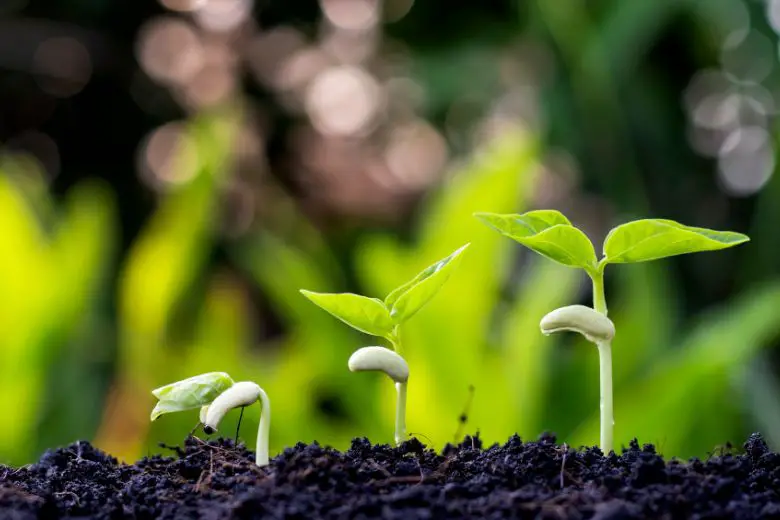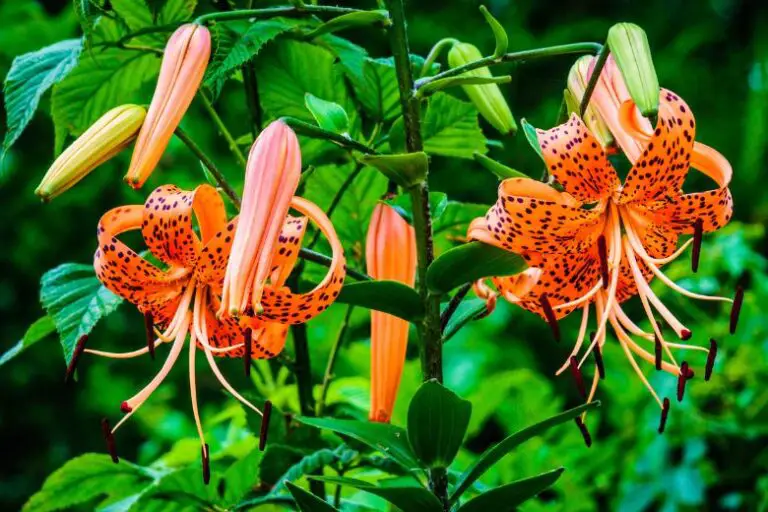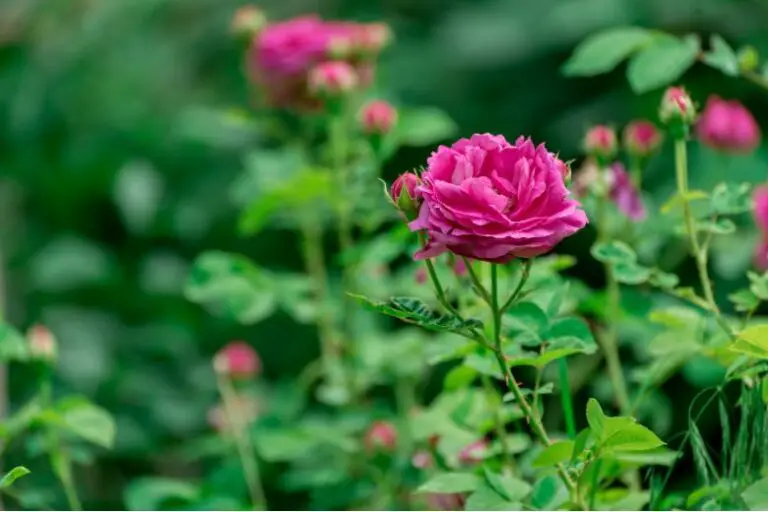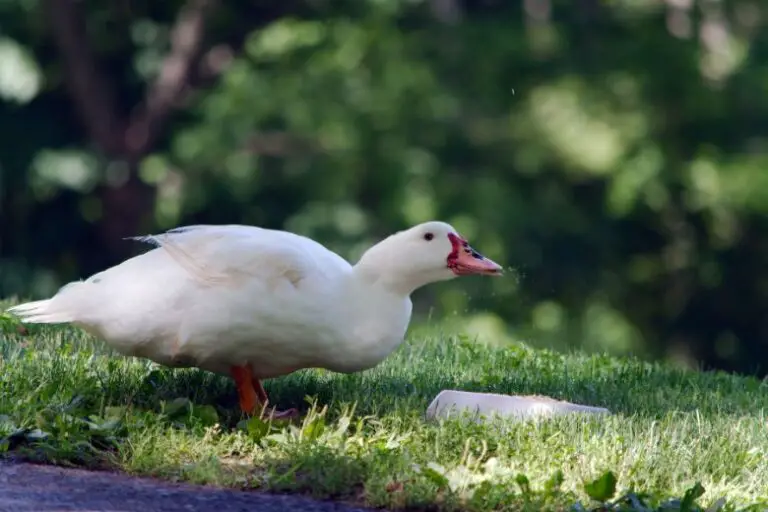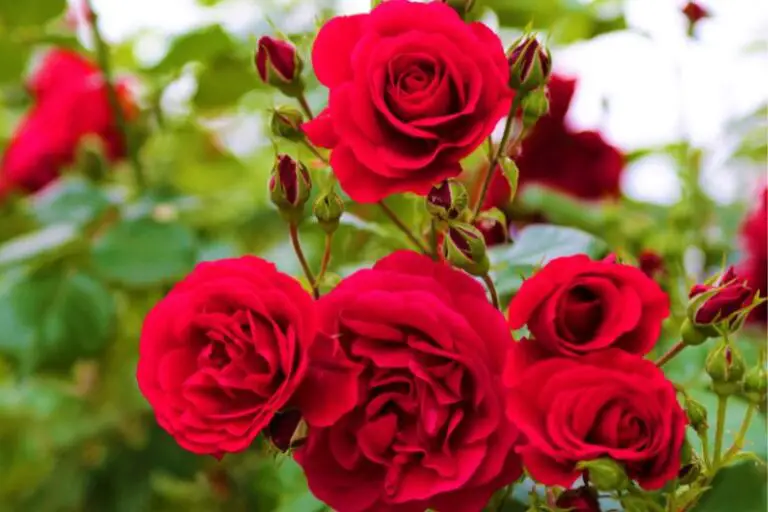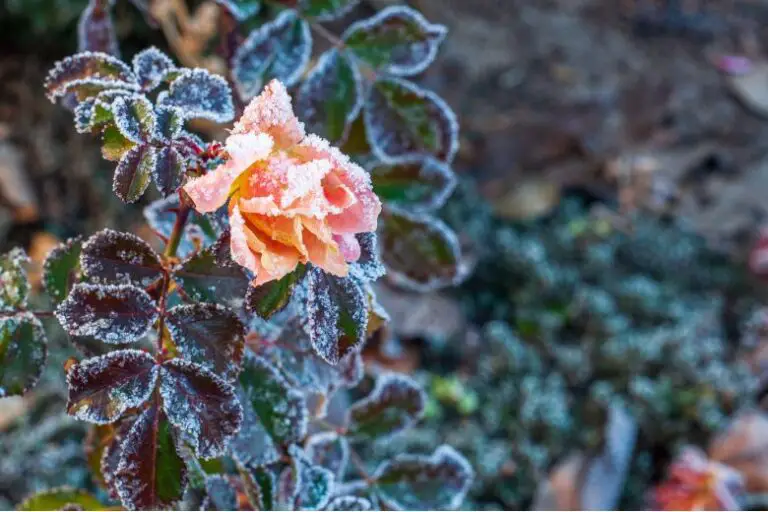How Long Does It Take to Grow Roses from Seeds
Introduction
Roses, often dubbed as the “queen of flowers,” have enchanted gardeners and enthusiasts for centuries with their captivating beauty and captivating fragrances. While many prefer purchasing established rose plants from nurseries, growing roses from seeds offers a unique and rewarding experience. Not only do you get to witness the entire journey from a tiny seed to a blooming wonder, but you can also experiment with different varieties that might not be readily available in stores. In this article, we will explore the process of growing roses from seeds, providing you with all the information needed to embark on this delightful gardening journey.
Understanding Rose Seeds
Before delving into the actual process, it’s essential to understand the nature of rose seeds. Unlike some other plant seeds, rose seeds often exhibit low germination rates due to their hard outer shells. Additionally, roses can cross-pollinate easily, resulting in seedlings that may differ from the parent plant. This unpredictability can be both exciting and challenging for gardeners seeking unique blooms.
There are various rose species and hybrid varieties, each producing seeds with their own distinct characteristics. Some seeds may be small and round, while others can be large and irregularly shaped. Understanding these traits will help you identify and care for the seeds effectively.
Collecting and Preparing Rose Seeds
The process of growing roses from seeds typically starts with collecting the seeds from existing rose plants. The best time to collect rose seeds is in late summer or early fall when the roses begin to fade and form rose hips. These rose hips are seed pods that develop after the flowers have been pollinated.
To prepare the seeds for planting, you must first remove them from the rose hips and clean off any remaining flesh or pulp. It’s crucial to avoid damaging the seeds during this process, as viable seeds are essential for successful germination.
Choosing the Right Soil and Containers
The next step involves selecting suitable soil and containers for the germination process. Rose seeds thrive in well-draining soil that is rich in organic matter. A mix of potting soil and vermiculite or perlite can provide the ideal environment for young rose seedlings.
When it comes to containers, you have several options, including seed trays or small pots. Ensure that the containers have drainage holes to prevent waterlogged soil, which could lead to seed rot.
Germination Process
Germinating rose seeds requires a bit of patience and care. It’s essential to create a conducive environment to encourage seed germination. Follow these steps for successful germination:
- Seed Scarification: Some rose seeds have hard seed coats that prevent water absorption. To enhance germination, you can perform scarification by gently nicking the seed coat with a sharp knife or using sandpaper to create small scratches.
- Stratification: Most rose seeds need a period of cold stratification to break dormancy. This mimics the natural process they go through during winter. You can achieve stratification by placing the seeds in a damp paper towel inside a plastic bag and refrigerating them for several weeks.
- Sowing the Seeds: After stratification, it’s time to sow the seeds in the prepared soil. Make small holes in the soil with a pencil or your finger, place the seeds inside, and cover them with a thin layer of soil.
- Provide Adequate Moisture and Light: Keep the soil consistently moist during the germination process. Place the containers in a warm and bright location but avoid direct sunlight, as it may dry out the soil quickly.
- Germination Period: Rose seeds can take anywhere from a few weeks to several months to germinate, depending on the variety and growing conditions. Be patient and continue to provide the necessary care.
Caring for Young Rose Seedlings
Once the seedlings emerge, they will require special care and attention to ensure their healthy growth. Transplant the young seedlings into slightly larger pots to allow their root systems to develop fully. Provide adequate water, but avoid overwatering, as excessive moisture can lead to root rot.
Place the pots in a location where they receive plenty of sunlight throughout the day. Adequate light is crucial for strong and sturdy seedlings.
Nurturing the Growing Roses
As your roses continue to grow, they will need regular care to promote robust development. Prune the young rose plants to encourage bushier growth and remove any dead or weak stems. Shaping the rose bushes at this stage will also influence their future growth pattern.
Fertilize the plants with a balanced fertilizer to provide essential nutrients for healthy development. Additionally, keep an eye out for pests and diseases that may target young rose seedlings. Early intervention can prevent potential damage and ensure the well-being of your roses.
Transplanting Roses to the Garden
As your rose plants mature and outgrow their containers, it’s time to transplant them into the garden. Choose a location with well-draining soil and at least six hours of sunlight each day. Prepare the soil by incorporating compost or organic matter to enrich it.
Carefully remove the seedlings from their containers, being mindful not to disturb the roots too much. Plant them at the same depth they were in their pots and water thoroughly after transplanting.
Patience and Persistence
Growing roses from seeds is a labor of love that requires patience and persistence. Unlike purchasing established plants, the process of nurturing rose seedlings to maturity takes time. It can be a few months to a year or more before your roses start blooming. However, the anticipation and joy of witnessing your efforts turn into a beautiful, blooming rose make the wait worthwhile.
Throughout the waiting period, maintain your enthusiasm and dedication. Keep caring for your roses with love and attention, and they will reward you with breathtaking blooms in due time.
Common Mistakes to Avoid
As with any gardening endeavor, there are common mistakes that aspiring rose growers should avoid:
- Overwatering: Excess water can drown the seeds and lead to fungal issues. Only water when the soil is slightly dry.
- Skipping Stratification: Proper stratification is crucial for breaking seed dormancy and ensuring successful germination.
- Using Poor-Quality Soil: Roses require well-draining, nutrient-rich soil for healthy growth. Invest in good-quality soil to give your roses the best chance of thriving.
- Neglecting Pests and Diseases: Regularly inspect your rose plants for signs of pests or diseases. Swift action can prevent serious damage to your plants.
- Ignoring Pruning: Pruning is essential for shaping your roses and promoting healthy growth. Don’t neglect this crucial aspect of rose care.
The Joy of Blooming Roses
After months of patient care and nurturing, the day finally arrives when your roses bloom. It is a moment of pure delight and satisfaction to witness the vibrant colors and inhale the sweet fragrance of your own homegrown roses. Whether you choose classic reds, cheerful yellows, or elegant whites, the beauty of the roses you’ve grown from seeds is truly rewarding.
As your rose garden flourishes, consider sharing the beauty with others. Freshly cut roses make wonderful gifts for friends and family, spreading joy and love through nature’s most exquisite creations.
FAQs
- How long does it take for rose seeds to germinate? Rose seeds typically take around 2 to 6 weeks to germinate. However, some varieties may take longer, so patience is key.
- Can I grow roses from store-bought flowers? It is unlikely to grow roses from store-bought flowers, as they are often treated to prolong their vase life, making the seeds non-viable.
- What is the best time of year to plant rose seeds? Late summer or early fall is the ideal time to collect rose seeds and start the germination process.
- How often should I water young rose seedlings? Water the young seedlings whenever the top inch of soil feels slightly dry, typically every 2 to 3 days.
- Are there any specific pests that target rose seedlings? Aphids, thrips, and spider mites are common pests that can affect rose seedlings. Regular monitoring and early pest control can prevent significant damage.
Conclusion
Growing roses from seeds is a wonderful journey of discovery and accomplishment for any gardening enthusiast. From collecting and preparing seeds to patiently nurturing the young seedlings into blooming wonders, each step offers an opportunity to connect with nature’s beauty and experience the joy of successful growth.
As you embark on this adventure, remember to be attentive, patient, and open to the surprises that nature may bring. With love, care, and determination, you can turn tiny seeds into a stunning garden of roses that will bring delight to your heart and beauty to your surroundings. Happy gardening!

